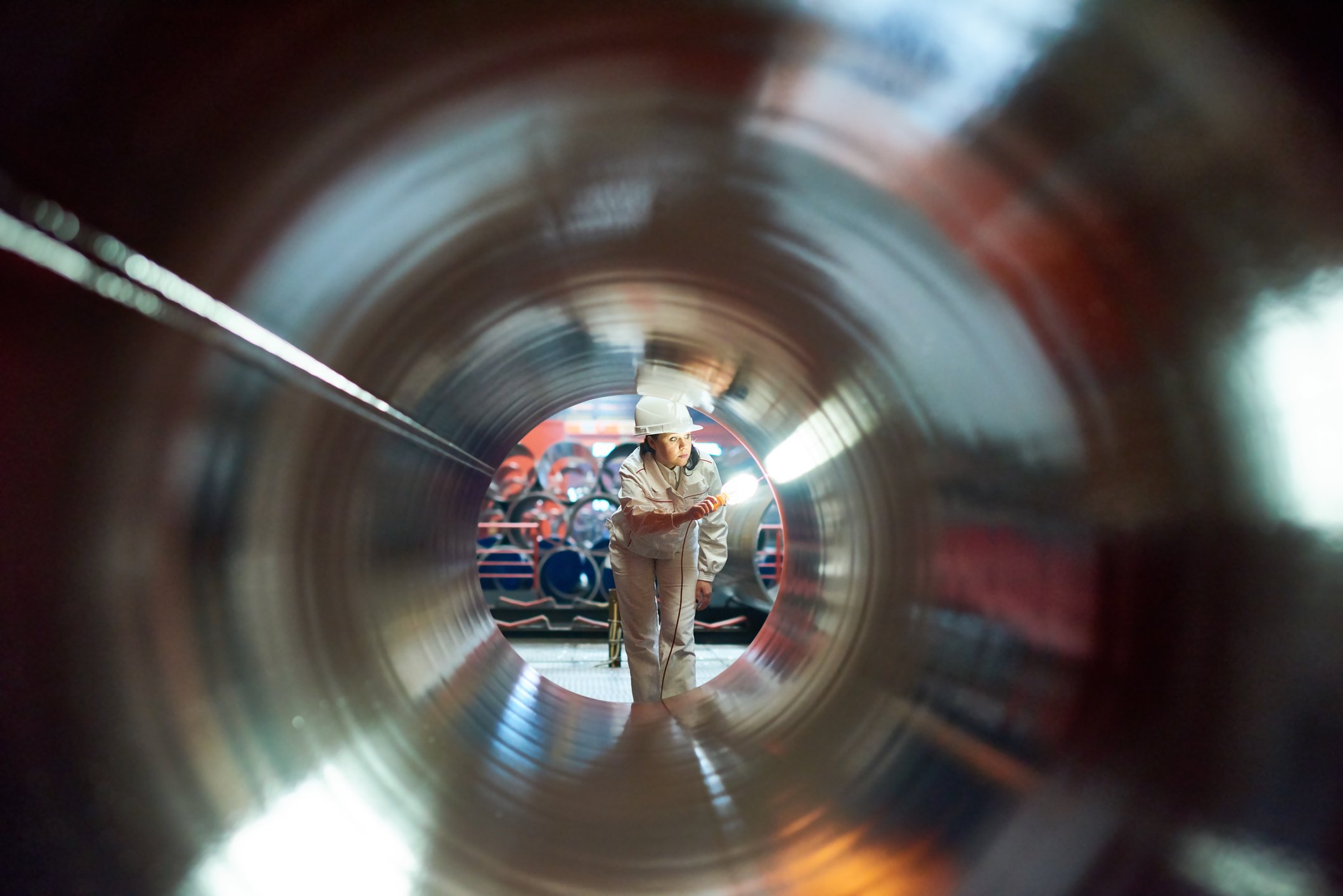The nuclear renaissance that so many in energy had hoped for in the last decade seems to be on life support, if not dead altogether. This week's announcement that Westinghouse, one of the biggest and most important nuclear power plant builders in the U.S., has filed for bankruptcy is a sign of just how far the industry has fallen.
Toshiba-owned Westinghouse has been done in primarily by cost overruns at SCANA Corporation's (SCG +0.00%) Virgil C. Summer Nuclear Generating Station expansion and the Southern Company-owned (SO +0.78%) Vogtle Electric Generating Plant expansion in Georgia. Both projects are billions over budget and years behind schedule, and Westinghouse just couldn't bear the financial burden of the missteps. Westinghouse's failure could end the hopes of a nuclear revolution.

Image source: Getty Images.
Nuclear energy hasn't lived up to expectations in the U.S.
In 2010, President Obama's administration agreed to an $8.33 billion federal loan guarantee for the Vogtle project in a huge sign of support to the industry. This one major project was a proving ground for renewable energy and its viability as a clean, cost-effective, base energy source for the future. Since then, the budget has ballooned to $21 billion to $22 billion, depending on when the estimate comes out, and the two reactors are years behind schedule and won't be operational until late this decade at best. The Virgil C. Summer plant won't be quite as costly, but estimates are still nearly $13 billion for construction.
Instead of proving nuclear energy's viability, these are now extremely costly examples of how uneconomical nuclear power is in today's world.
What this does to nuclear energy
At this point, the numbers for nuclear energy don't even pencil out versus competitive options. These nuclear power plants weren't built on per-kWh contracts to sell electricity and were instead guaranteed by ratepayers. But if we assume an 8% internal rate of return on the $22 billion investment in Vogtle, a 30-year life, and energy production 100% of the time, the capital cost alone is 10 cents per kWh. And that doesn't include any operational cost, fuel, or financing.
The problem today is that's extremely expensive when compared to plentiful wind and solar resources that are now getting contracts for less than 5 cents per watt. Renewables aren't typical base-load energy sources, but smart grid planning and energy storage is proving to more than offset the variability of renewable energy sources.
As nuclear cost estimates go up, the cost of putting wind and solar in the ground continues to go down. And the lead time and risk for wind and solar is so much lower than the decade-long process it's proving to take to build a nuclear plant. Why take on the risk and the long lead time when it's not even cost-effective?
Nuclear is now dead in the U.S.
There's not much of a light at the end of the tunnel for nuclear energy in the U.S. today. Utilities, regulators, and legislatures who passed laws that made financing possible (a concept known as Construction Work in Progress, where customers pay for a nuclear plant while it's under construction) aren't going to be willing to take on the same risk now that alternative, clean sources of energy are cheaper and can be built more quickly. And with Westinghouse in bankruptcy, there's now a black eye on the whole industry.
Nuclear energy could have had a bright future had the execution on these projects gone according to plan. But it didn't, and now the time for nuclear energy has likely passed.






